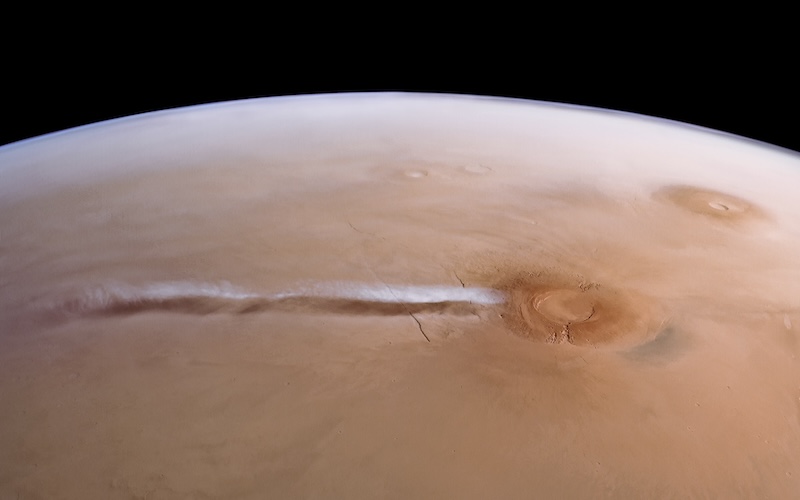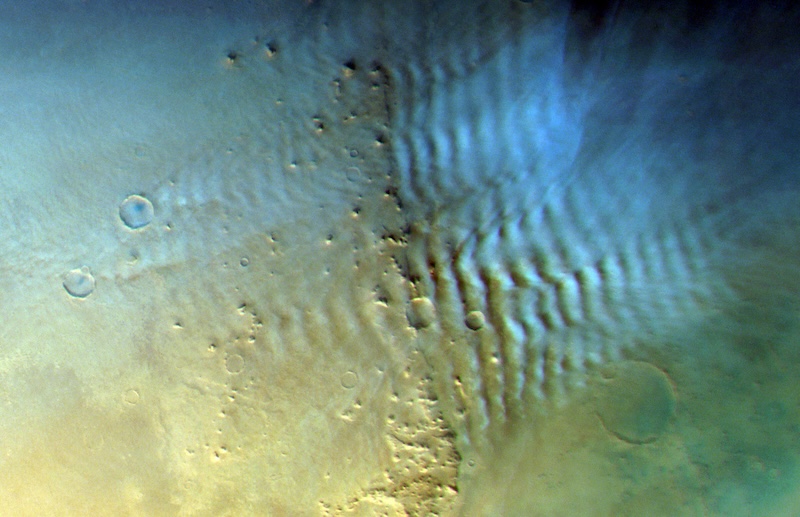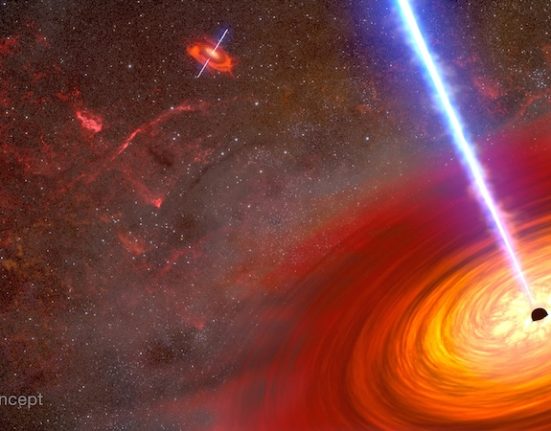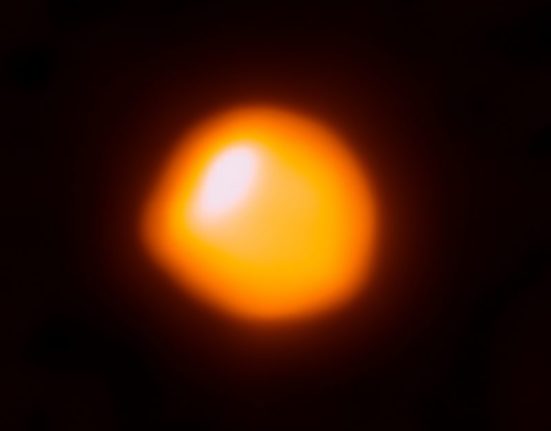
- Mars has many types of clouds. Despite their very thin atmosphere, they can be composed of water, carbon dioxide or dust.
- A new Atlas of Martian Clouds A NASA study has been published by European researchers and contains images of Martian clouds taken by the Mars Express probe over the past 20 years.
- Some of the clouds are similar to terrestrial clouds.while others are exclusive to Mars.
Cloud Observation on Mars
Despite its thin atmosphere, Mars has a wide variety of clouds floating in its cold air. And now there is a new database where you can see images of clouds and storms from more than 20 years ago. Researchers at the German Aerospace Center (DLR) created the catalog, called HRSC Cloud Atlas – and presented it last week at the Europlanet Scientific Congress (EPSC) 2024 in Berlin, Germany. The Europlanet Society saying As of September 10, 2024, the navigable atlas contains images from the European Space Agency. Mars Express Orbiter dating back to 2003.
The researchers also note that a published paper is in preparation to accompany the atlas itself.
The Cloud Atlas of Mars
The new atlas contains images taken by Mars Express's high-resolution stereo camera (Human Resources Council). The Mars Express spacecraft has been orbiting Mars since 2003 and is still in full swing. It may seem surprising that Mars has clouds and storms, since its atmosphere is so thin that it is less than 1% of that of Earth at sea level.
But it does! In fact, there are a wide variety of cloud and storm phenomena. Water ice crystals and carbon dioxide, and dust particles, can help cloud formation. And Mars is famous for its gigantic dust storms.
See some examples below and you can find more in the HRSC Cloud Atlas MS Excel spreadsheet.
Streets of clouds
Some cloud formations are similar to those on Earth, but others are unique to Mars. Daniela Tirsch at the German Aerospace Center saying:
The clouds on Mars are as diverse and fascinating as those we see in the sky on Earth, with some features unique to the red planet. One of my favorite phenomena is the beautiful streets of cloudsLinear rows of fluffy clouds developing around the huge volcano Tharsis and the northern lowlands in the northern spring and summer. While they look similar cumulus clouds On Earth, they form under different atmospheric conditions. We also see impressive dust clouds that can extend hundreds of kilometres, a phenomenon that we fortunately do not experience on Earth.


Gravity clouds, lee waves, crepuscular clouds and cirrus clouds
Gravity wave clouds They occur on both Earth and Mars. On Mars, they develop at mid-latitudes in both hemispheres. In the southern winter, they can appear on the Tharsis volcanic plateau, which is home to the largest volcanoes on Mars, including Olympus Mons.
Leeward wave clouds, or wave cloudsThey are a type of gravity cloud and have a distinctive “wavy” appearance. They form in the atmosphere. Leeward waves On the leeward side of mountains, ridges or other obstacles. The shape of the obstacle determines what the specific appearance of the clouds will be.
Crepuscular clouds, also known as noctilucent or clouds that shine at night, tend to appear In the early morningand anywhere and at any time of the year.
In addition to observations from orbit, Mars landers and rovers have also seen clouds. They are usually thin and shaped like cirrus clouds. If you were to stand on Mars and look at them, they would look the same as they do on Earth. Perseverance The rover even has seen noctilucent clouds

Dust clouds
Clouds on Mars can be made of water or carbon dioxide, but Mars is also a very dusty place, so dust clouds are common, too. In fact, the planet is known for its massive dust storms, which can sometimes spread across the entire planet. Upwelling events can also leave flecks of dust suspended in the atmosphere. Occasionally, winds are stronger than usual due to differences in temperature and air pressure, which can lift huge amounts of dust into the air — more than ever before on Earth.
Also, sometimes you can see long clouds moving away from the peaks of volcanoes. look It's as if the volcano is erupting, but it's not. Volcanoes on Mars have been dormant or dead for millions or billions of years.
Some dust storms also look like huge spirals or cyclones. This happens every year near the Martian North Pole.
In short: Do you want to observe the clouds of Mars? German researchers have created the new Mars Cloud Atlas, using 20 years of images taken by the Mars Express probe.
Read more: A Martian cloud reveals its secrets
Read more: Cloud watching on Mars: you can help













Leave feedback about this